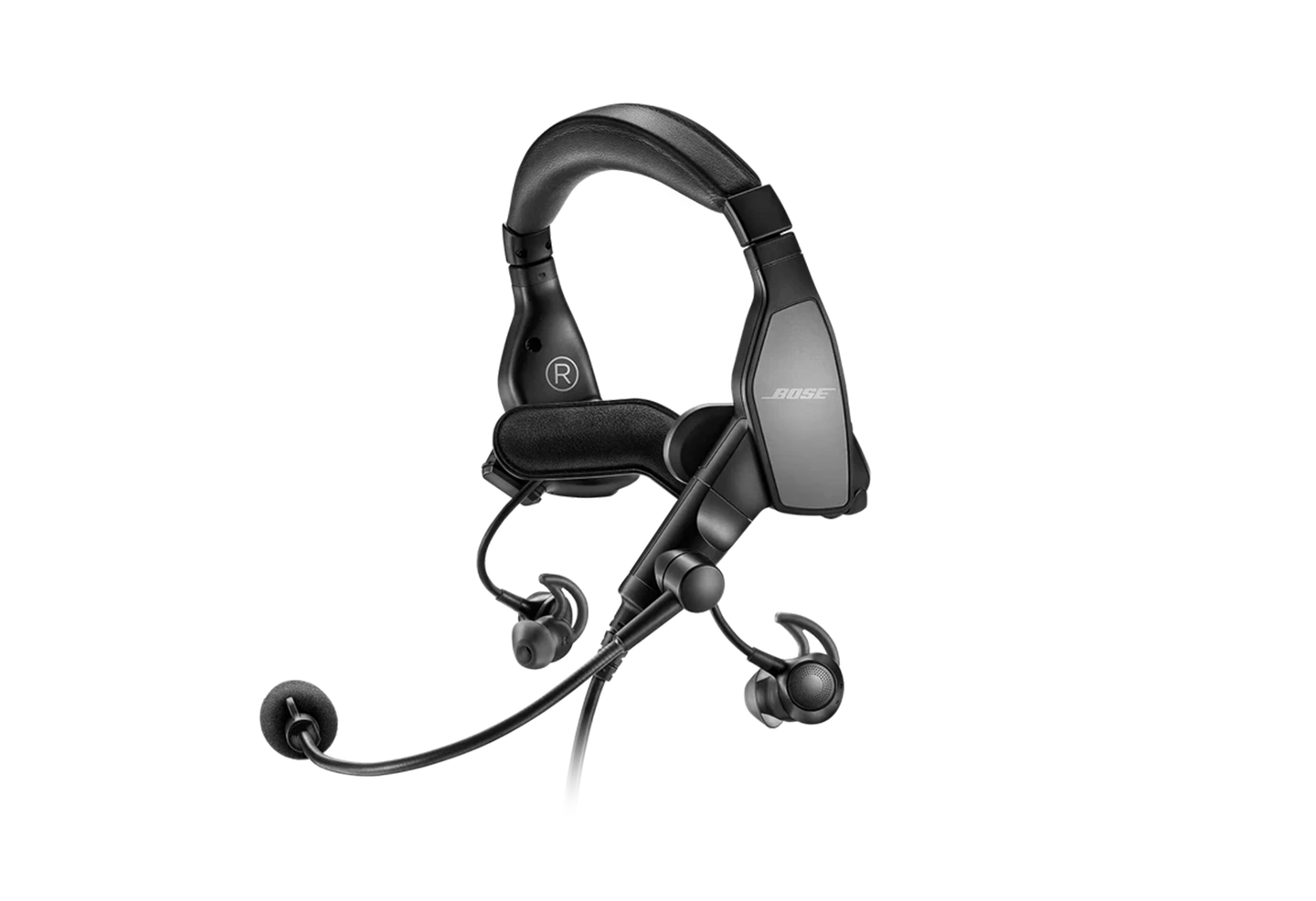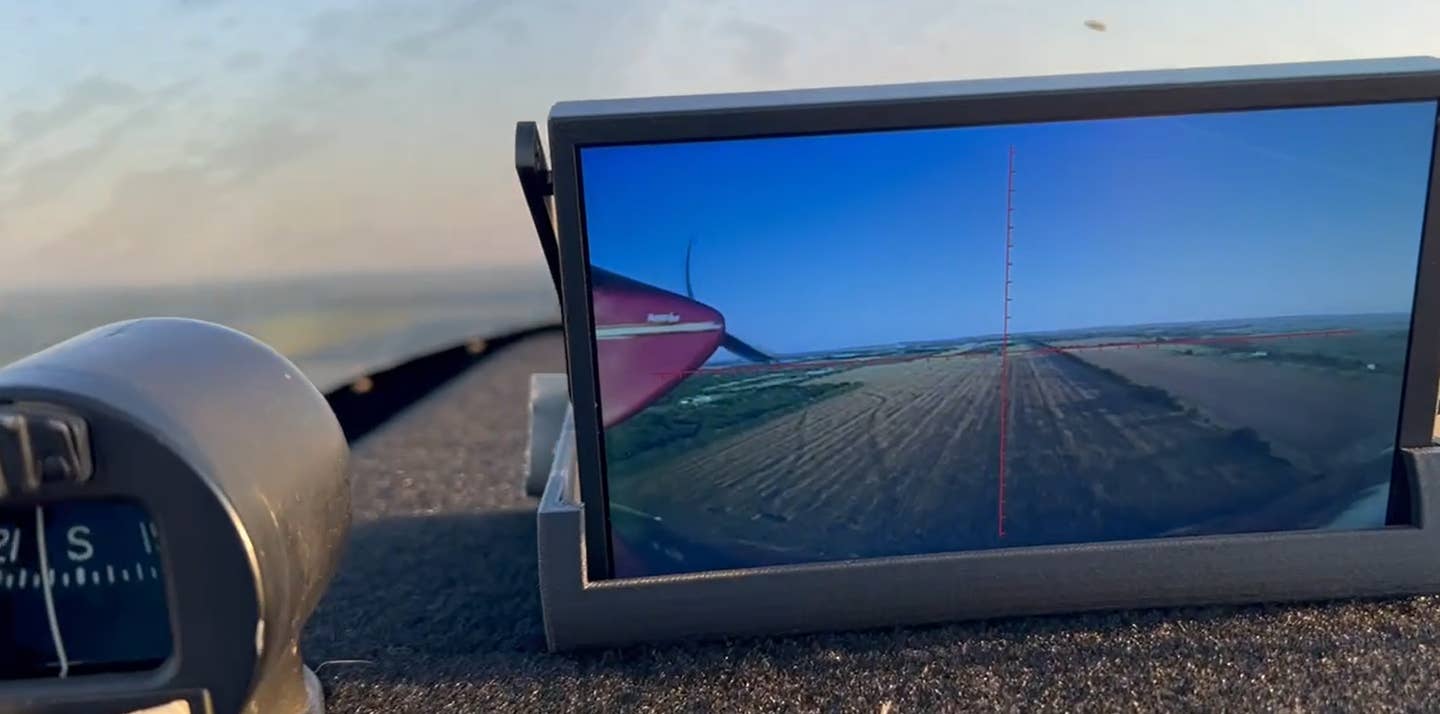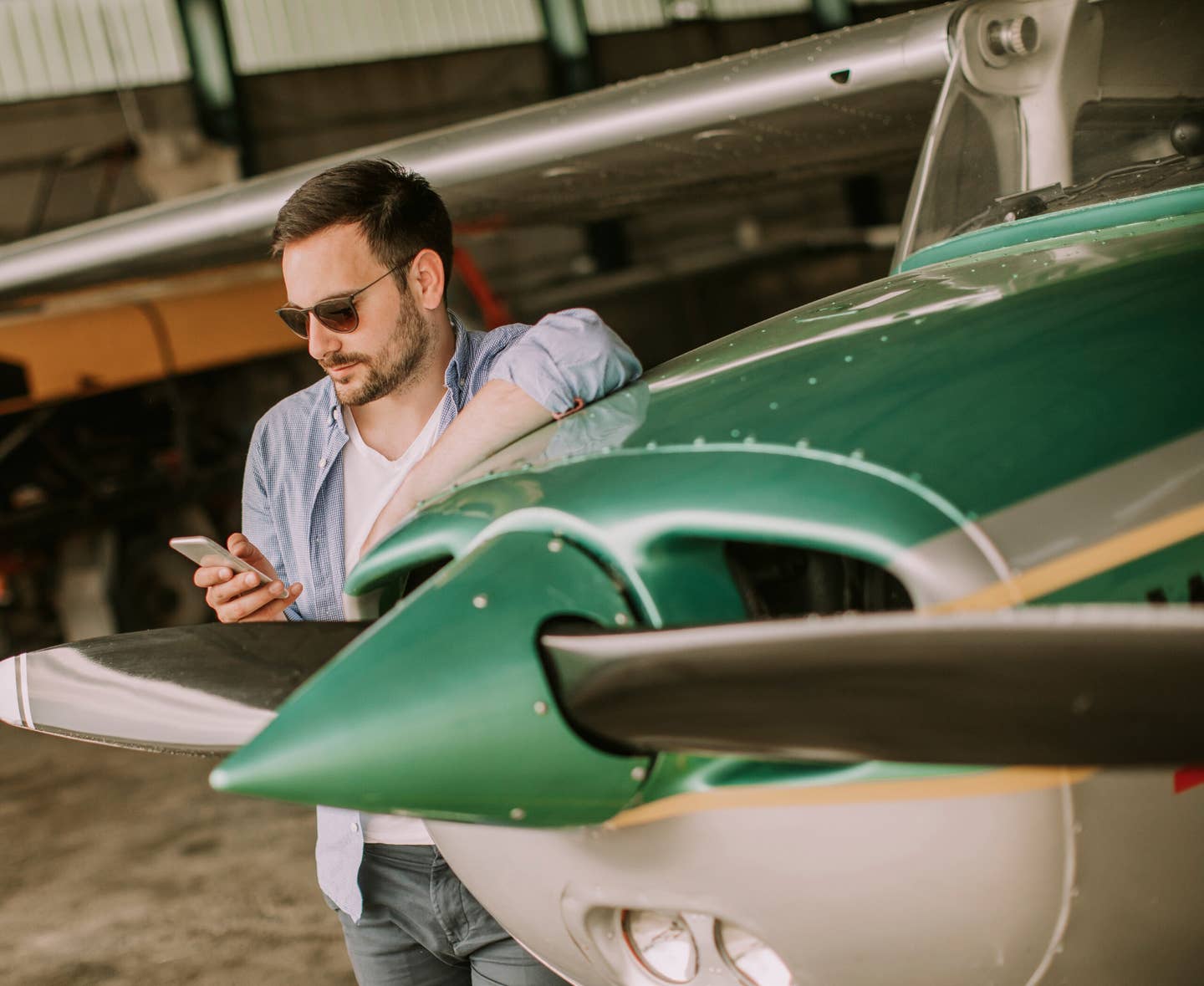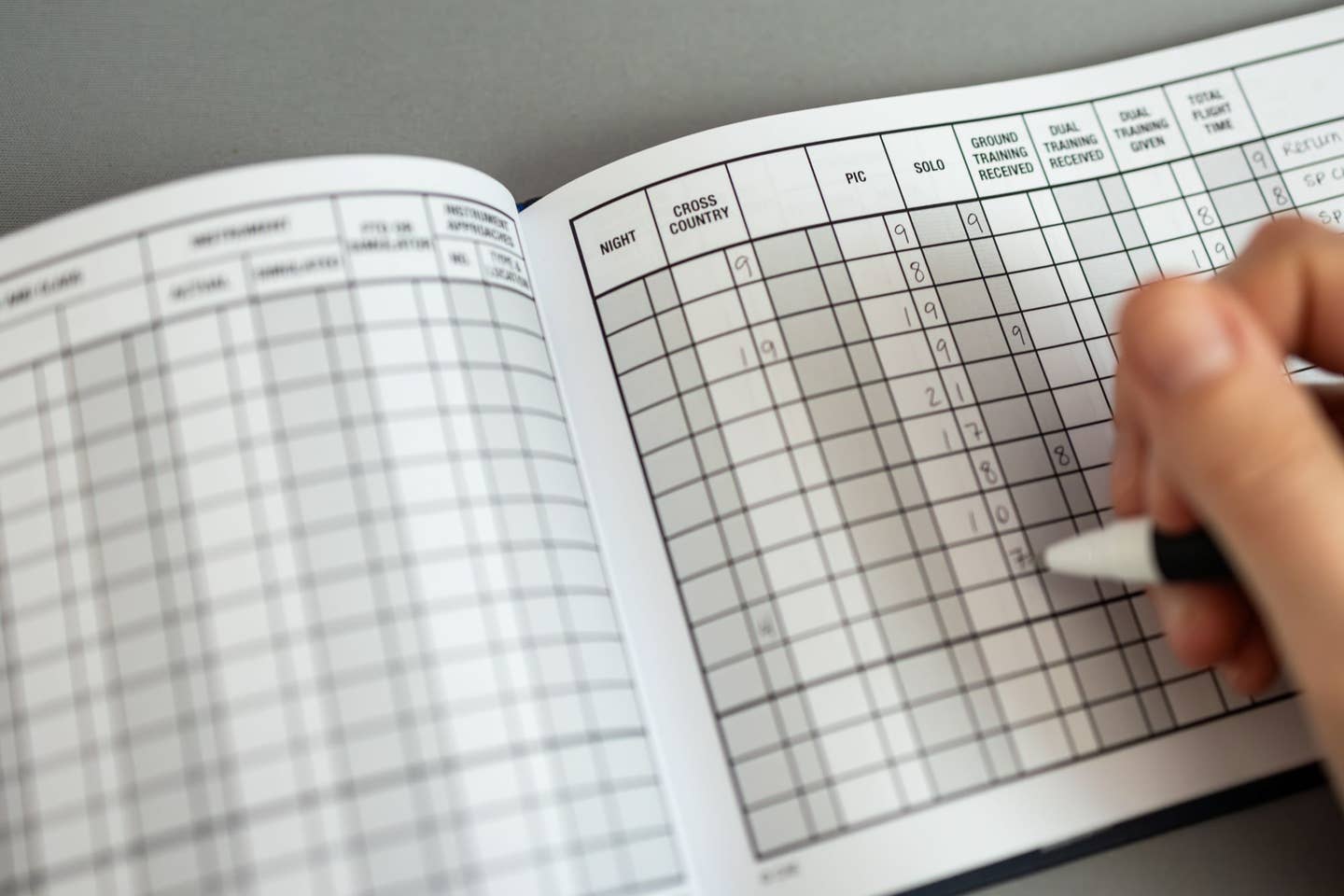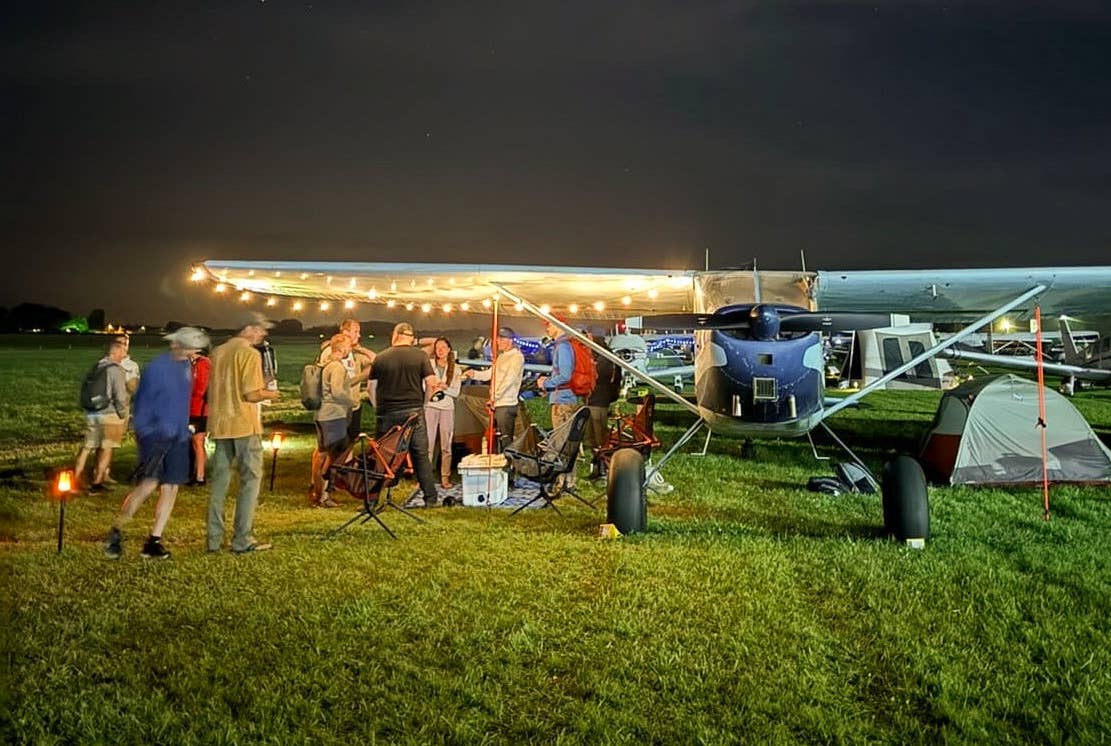
Cessna 162 SkyCatcher Cessna
I believe all of us would declare Cessna's new 162 SkyCatcher light sport airplane (LSA) to be a success if it flew about as well as the legendary 150/152 series of two-seat trainers. I'm happy to say the 162 flies as well as, and in some respects better than, the 150/152 and also has a number of advantages that make it a better trainer, not the least of which is that, with its big gull-wing doors, aft strut and extra-wide cabin, I sit in it instead of wear it.
The big challenge for any company making an LSA is to stay under the 1,320 maximum gross weight limit. That weight cap is part of the LSA concept of reducing complexity and risk in exchange for simplifying the certification process. To make an airplane that light that is still sturdy enough to stand up to the rigors of student pilot landings is a tall order. To put the challenge in perspective, consider that the Cessna 150 two-seat trainer has a maximum takeoff weight of 1,600 pounds. The more sophisticated 152 weighs in at 1,675 maximum. Even the 140 taildragger that in late 1945 launched Cessna's dominance of flight training weighs 1,450 pounds.
Another LSA restriction intended to reduce risk in the event of a forced landing is a maximum stall speed, flaps up, of 45 knots. The 150/152 series stops flying at 48 knots with the flaps up, but the SkyCatcher doesn't stall clean until 44 knots. Flaps down, the 162 lets go at 39 knots compared with 42 and 43 knots respectively for the 150/152.
The easiest way to meet the stall restrictions is to use a relatively large wing so that each square foot of wing area is lifting only a few pounds. But lightly loaded wings can be hard to handle in gusty conditions because each puff tosses the airplane back into the air. A successful trainer needs to fly as much as possible, not sit around waiting for calm conditions, so Cessna did not go down the big-wing-area path with the 162.
The SkyCatcher has only 120 square feet of wing area compared with 160 for the 150/152. That means the wing loading — gross weight divided by wing area — puts 11 pounds on each square foot of wing in the 162 while the 150's loading is 10 and the 152's is 10.5. With its higher wing loading, the 162 has a demonstrated crosswind of 12 knots. But higher wing loading, in general, increases stall speed. So Cessna engineers had to make a smaller wing for the SkyCatcher that would stall at a lower airspeed despite a higher loading. It seems like magic was required, but in reality what it took was gobs of experience to solve the problem.
You may recall that the original proof of concept SkyCatcher had an unusual wing that tapered gull fashion at the roots. That design appeared to both reduce stall speed and be easy to build. But testing showed it didn't deliver. So Cessna aeronautical engineers went back to the computer and came up with a totally new and custom airfoil that did the job.
The original SkyCatcher had a Rotax engine, but Cessna flight school operators shot that idea down. The Rotax has been in service for years, but successful flight schools demand the utmost in predictability of cost of maintenance in a trainer. Everybody was comfortable with the four-cylinder Continental engine, which is among the most produced aircraft powerplants in history, so the O-200D replaced the Rotax.
There was never serious consideration of any basic design other than a high strut-braced wing. After all, Cessna has built more than 100,000 high wing piston singles, so the design clearly works. But subtle changes in the layout make the SkyCatcher a superior airplane in many ways.
A key factor is the sweep of the wing struts that places them aft of the cabin doors, instead of ahead of the door frame as in other Cessna singles. The aft strut location frees up the fuselage space to use big top-hinged gull wing doors instead of the standard forward hinged doors. With the gull wing door raised, it's easy to slide into the seat without interference from the strut or the main landing gear leg.
Cessna made the 162 cabin 44.25 inches wide compared with 39.75 for the 150/152. That 4.5 inches of added width might not sound like much, but believe me, it makes all the difference in the world. My first airplane was a Cessna 140 with a cabin width essentially the same as the 150/152. Forty years ago that was tight, but OK. And it may still be OK for 20-year-olds, but I'm not going to get in a cabin of that size with any of my peers and get the doors closed. In the 162 Cessna, test pilot Dale Bleakney and I had plenty of room to move elbows, knees and shoulders without the slightest restriction.
To further improve the ergonomics of the 162 cabin, Cessna has fixed the seats in position and added fore and aft adjustment of the rudder pedals. Adjustable pedals are the norm in larger airplanes but the first I know of in a light two-seater. The fixed seats are lighter, and they are larger than possible if they had to move fore and aft. Shorter pilots might need to sit on a cushion to get the view they want over the panel, but the pedal adjustment range seemed sufficient to suit all heights of pilots. I'm 6 feet 2 inches and was very pleased with the seat position because it is low enough that I can look out the side without ducking my head down. In most other Cessna singles my head is up between the wing roots and I need to lower it to see directly to the side.
The SkyCatcher instrument panel is as modern as any new airplane with flat-glass display standard. There are no conventional gauges or instruments, and all flight and engine information is presented on the Garmin G300 display. A single display is standard with flight, navigation and engine instruments combined. I think most 162 owners will opt for the second display, which places primary flight instruments in front of the pilot and engine, navigation and other system information on an identical display in the center of the cockpit. If either display were to fail, the remaining one combines all essential data much like the single display format.
In contrast to the advanced avionics, Cessna kept the SkyCatcher systems very simple and basic. For example, there is no fuel tank selector, only a knob to pull to turn all fuel off. In operation, fuel is continuously fed by gravity from both tanks. And the fuel gauges are as foolproof as I can imagine. A transparent tube mounted in the wing root shows the avgas level in each tank. A ball floats in the fluid to clearly show the level. And because the SkyCatcher sits nose-up on its landing gear, there are two marks to show fuel level, one to use while on the ground and another when the airplane is in level flight. If you refuse to believe these direct reading gauges, well, don't fly the 162 because it is gravity that fills the gauges and the same gravity is the only source to move the fuel to the engine. Gravity has a pretty good track record.
The Continental engine started easily without a manual primer system, which might be available as an option. A few pumps of the throttle did the priming job. The nosewheel is the castering type, and you use differential brakes for taxi. I found it easy to control direction with very little braking. A small blast of power over the rudder is often enough to make all but the sharpest taxi turns.
One of the biggest cockpit differences in the 162 is the flight control stick. I guess we call it a stick, but it is unlike any other. In fact, a patent is pending. The mechanism for the stick system is mounted under the instrument panel, and a single grip falls naturally to hand directly in front of you. You move the stick left and right for aileron, and fore and aft for elevator control. But the stick remains level instead of tilting as it would if the fulcrum were on the floor as with a normal stick.
The SkyCatcher stick has the advantage of remaining clear above your knees no matter how you position it, which is really important when getting in or out of the cabin. Its position also frees up panel space and provides an unobstructed view of the Garmin display without being a "side stick." The only unusual sensation is the tendency to try to rock the stick grip to mimic the motion of a conventional floor-mounted stick. But after a very few moments the unique SkyCatcher stick feels perfectly natural.
It's been quite a long time since I flew a light trainer, and I asked Dale for a Vr (rotation) speed. He told me to forget about takeoff speed and just hold some back pressure on the stick and the airplane would fly when it's ready. And he was right. With just a slight back pressure on the stick the SkyCatcher flew itself off the runway and into an impressive climb with no perceptible control input from me. We were near maximum takeoff weight and it was a warm day, but the 162 climbed at 800 fpm, which I sure don't remember from other two-seat trainers.
The air was a little choppy and I needed to use all of the controls to nail the target altitude and heading. Garmin uses an electronic display of the traditional "ball" to show slips or skids instead of the little split "doghouse" that is common on most electronic flight displays in larger airplanes. I like the ball presentation because, as in any light airplane, you need to use your feet to counteract adverse yaw and the effects of turbulence. With the slip-skid ball right under the attitude indicator, you can instantly see what you need to do with the rudder pedals. Step on the ball, remember?
The control feel of the SkyCatcher is very much like that of a 152. Stick force is light but not touchy. Through careful design of control surfaces, hinge moments and gearing of the control system, Cessna achieved a good harmony of forces with roll being lighter than pitch and rudder requiring more force than elevator. And the stick force gradients are very positive even at low airspeeds. A positive stick force gradient means you must pull or push harder the more the airspeed deviates from the trimmed condition. In a very steeply banked turn it takes a very solid pull to hold altitude, and that's exactly what you want for good flying qualities.
The 162 has electric trim only, an unusual feature in a light airplane. I am so accustomed to flying with electric trim that having a switch under my thumb to change trim is perfectly natural, but it will be a small change for many. The control forces are light enough that there is no need for a dual channel or monitored trim system because a fully out-of-trim condition easily meets maximum stick force requirements.
The sound and vibration levels in the 162 are very good. Dale and I used noise canceling headsets, and the intercom worked well, but I did listen with an ear uncovered and the noise level is low. Maximum engine rpm is 2800, but even near that power setting the vibration seemed better than what I remember from a 152, and one heck of a lot better than in the old 140 taildragger.
We climbed up to 6,500 feet to try what every student pilot is going to spend a lot of time on — stalls and slow flight. I can tell you that Cessna has done a terrific job with low-speed flying qualities. For power-off stalls you can recover at the pre-stall buffet, or at the break by simply releasing a little back pressure on the stick. But if you don't recover, nothing happens. The 162 bobs up and down stalling and recovering on its own with the stick held full aft. It was easy to make standard rate turns in either direction with the stick full aft and the airplane flying in and out of a stall.
Power-on stalls are nearly as tame, but you do need to use your feet a little to pick up a wing because the angle of attack and deck angle are much higher. Still, it is totally controllable without releasing back pressure. There is a little buffet, and then a break to identify the stall, but nothing is going to happen if a student reacts incorrectly. There is the "reed" type of stall warning horn that other light Cessnas use, but every pilot will want to explore beyond the audible warning.
Dale had to show me this one, but with power on, full aft stick and stalling, it was easy to fly straight and level with full aileron in either direction. I could also turn using the rudder with aileron opposite the turn. Cross-controlled stalls can lead to some very unusual attitudes in most airplanes, so I would not have tried it without his demonstration and coaching. But he's right. There is nothing to worry about.
Of course, an extremely important measure for any airplane is how easy it is to land, particularly for a basic trainer. The SkyCatcher passes that test with ease. My first touchdown was darn near perfect, and I give all credit to the airplane. The sight picture over the glareshield is natural, and it's easy to gauge your attitude as the runway comes up. On another approach, I purposely carried 25 knots of extra speed and then wracked the 162 into a fully cross-controlled slip on short final to lose the speed and altitude. Because the flaps are the simple hinged type, not the slotted style of other Cessnas, there is no possible interaction between the flaps and tail, so the slip is easily controllable. The flaps in the 162 are smaller and less effective than on other Cessnas but they do add a little drag. I tried a power-off approach from abeam the runway on downwind and pulled on full flaps on final, and then dumped them all, to make the spot. The flaps-up landing was probably my best of the day.
LSAs are "certified" under rules set by ASTM, an international standards authority. Instead of the FAA examining test documentation and flying the airplane as with a normal category airplane, the LSA manufacturer affirms that its testing has met the ASTM standard. But the ASTM standards are less detailed than for FAA Part 23 normal category airplanes, so Cessna went far and above some other LSA manufacturers by doing a full fatigue test regime on the airframe and complete low-speed and stall behavior tests when something less would have met the LSA rule. Certainly Cessna wants to make sure it is building the safest possible airplane, but it also knows that it takes extensive testing to determine how well an airplane will hold up in its primary training mission. Meeting a set of rules is one thing, but meeting the demands of the flight training market can be a very different issue, and it looks like the SkyCatcher will do both.
The airplane I flew is the third 162 built and is the one that conforms to production standards. The airplane is being built in China and will be disassembled and shipped to the United States, where it will be put back together and test-flown. Yingling Aviation in Wichita, Kansas, will be the first reassembly center and expects to have 162s arriving by the end of the year. Options, including wheel pants, second Garmin display, BRS whole-airplane parachute and basic autopilot, will be installed at Cessna dealers.
Cessna has more than 1,000 deposited orders in hand for the 162. The current base price is $111,500. That compares with the Skyhawk's base price of around $265,000 and fully equipped price of nearly $300,000. Of course, the Skyhawk is a more capable airplane, but you can see how the SkyCatcher can dramatically reduce the cost of flight training. There is the obvious savings in capital investment, insurance and maintenance. And the training fuel burn in the 162 is around six gallons per hour compared with 10 in the 172.
You can learn to fly in an old, fully depreciated airplane that may come close to the operating costs of a SkyCatcher, but that isn't the same as learning in a new airplane with a modern glass cockpit. And reduced cost is only one of the appealing features of the 162. I think it just plain looks good and sturdy but still modern. And the big cabin will be welcome by all. The SkyCatcher can't do it alone, but it has help from an integrated Cessna Pilot Center training program. And the airplane demonstrates beyond a doubt that Cessna is here to stay as a full-line airplane maker that taught the world to fly and then had a whole line of more capable airplanes to carry the new pilot wherever he wants to go. The SkyCatcher is the new starting line, and it's a good one.

Sign-up for newsletters & special offers!
Get the latest FLYING stories & special offers delivered directly to your inbox

